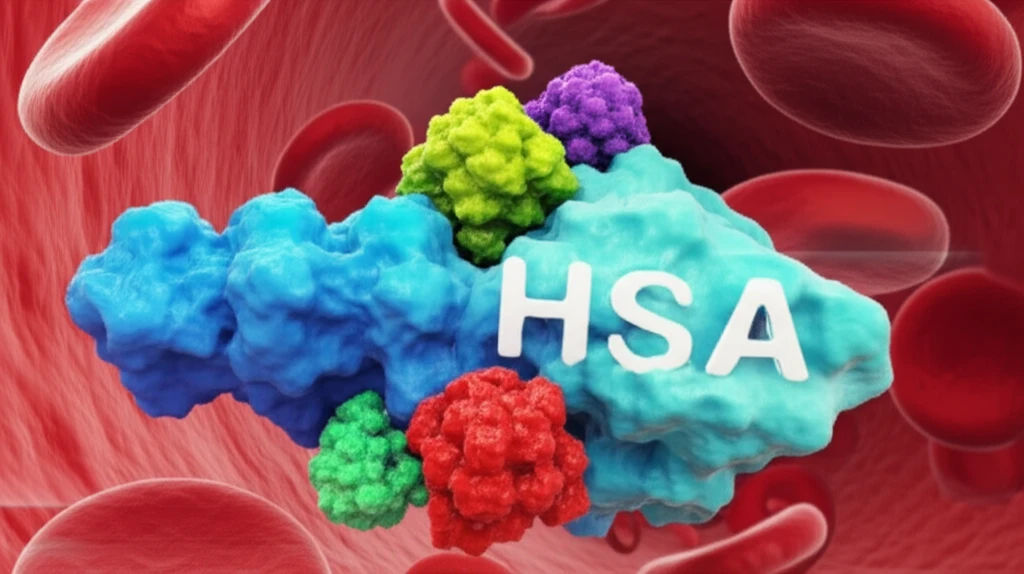
Are 'Forever Chemicals' Hitching a Ride in Your Bloodstream? What You Need to Know
"New research reveals how PFAS chemicals bind to human serum albumin, potentially spreading these toxins throughout the body."
You've probably heard about "forever chemicals," or PFAS (per- and polyfluoroalkyl substances). These man-made chemicals are used in everything from non-stick cookware to firefighting foam, and they don't break down easily in the environment or our bodies. While some PFAS, like PFOS, have been phased out, similar chemicals are still in use, raising concerns about their potential health effects.
One of the biggest worries is how these chemicals travel through our bodies. Human serum albumin (HSA), the most abundant protein in blood, acts like a taxi service, carrying various molecules. Scientists are particularly interested in whether PFAS can bind to HSA and, if so, how this interaction might affect where these chemicals end up in the body.
New research has uncovered that specific PFAS compounds—perfluoroalkane sulfonyl fluorides (PFASFs)—can indeed bind to HSA. The study pinpoints the binding sites on HSA and explores the strength of these interactions, offering valuable insights into how these "forever chemicals" might be distributed and potentially impact our health.
PFAS and HSA: A Close Encounter

The study focused on three PFASFs: PFOSF (perfluorooctane sulfonyl fluoride), PFHSF (perfluorohexane sulfonyl fluoride), and PFBSF (perfluorobutane sulfonyl fluoride). Researchers used a technique called fluorescence spectroscopy to observe how these chemicals interact with HSA. This method allowed them to identify where the PFASFs bind on the HSA molecule.
- Sudlow's Site I: PFOSF, PFHSF, and PFBSF showed association constants of 2.59 x 10⁻³ μM⁻¹, 4.65 x 10⁻³ μM⁻¹, and 2.85 x 10⁻³ μM⁻¹, respectively.
- Sudlow's Site II: The association constants were 8.68 x 10⁻⁴ μM⁻¹, 3.43 x 10⁻² μM⁻¹, and 1.92 x 10⁻² μM⁻¹ for PFOSF, PFHSF, and PFBSF, respectively.
What Does This Mean for You?
This research highlights how PFASFs can interact with HSA, a major protein in your blood, potentially affecting how these chemicals are distributed throughout your body. This could have implications for where these chemicals accumulate and what health effects they might cause.
While more research is needed, this study adds to the growing body of evidence suggesting that PFAS chemicals can have far-reaching effects. Understanding how these chemicals interact with our bodies is a crucial step in assessing and mitigating their potential risks.
By demonstrating that PFASFs bind non-covalently to HSA, this research provides a theoretical basis for further toxicological and distribution studies of PFASFs in humans. This information is vital for developing strategies to reduce exposure and minimize the potential harm from these persistent environmental contaminants.
